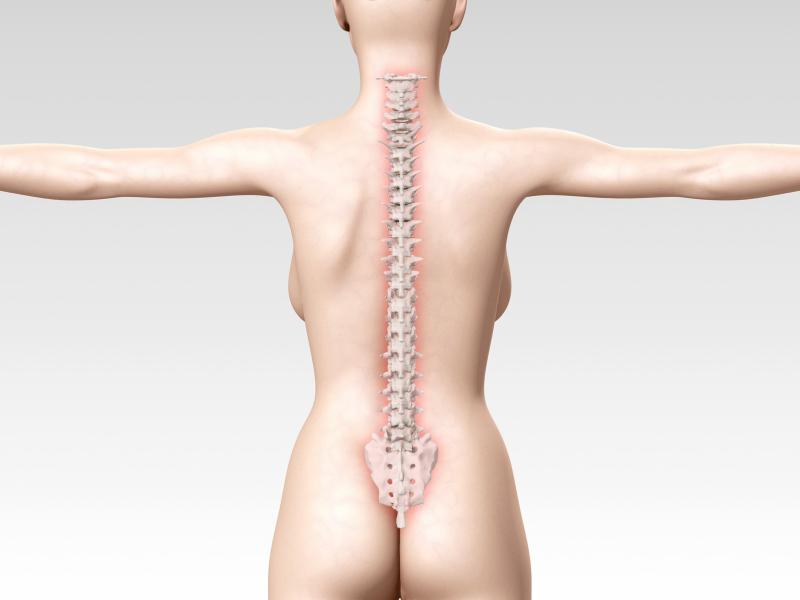
Prevention of glucocorticoid-induced osteoporosis (GIOP) and postmenopausal osteoporosis (PMOP) remains inadequate in patients with rheumatoid arthritis (RA), as shown in a study that evaluated the implementation of the 2003 and 2014 French guidelines on the prevention and treatment of GIOP and the 2012 update of the French guidelines for the treatment of PMOP.
Of the patients who should have been treated with antiosteoporosis therapy, only 22.6 percent were actually treated according to the 2014 guidelines and 27.3 percent according to the 2003 guidelines. Of postmenopausal women, only 23.6 percent were treated according to the 2012 guidelines.
The implementation of the 2014 GIOP guidelines led to an increase in the theoretical number of patients requiring treatment compared to the 2003 GIOP guidelines (77 percent vs 53 percent; p<0.001).
Multivariable analysis demonstrated that being treated correlated with a spinal T score ≤–2 SD according to the 2014 guidelines, with not taking part in physical activity for >30 min/day according to the 2003 guidelines, and with older age, lower body mass index and a T score ≤–2.5 SD in at least one site according to the PMOP guidelines.
“The management of osteoporosis needs to be improved in this population,” the authors said.
This cross-sectional study included 776 patients with RA from 19 centres. The authors collected data required for the application of the various recommendations (eg, age, sex, prednisone intake, low-energy fracture, history of hip fractures in the immediate family and bone densitometry), antiosteoporotic drugs and the various factors that may be associated with the application of the recommendations.